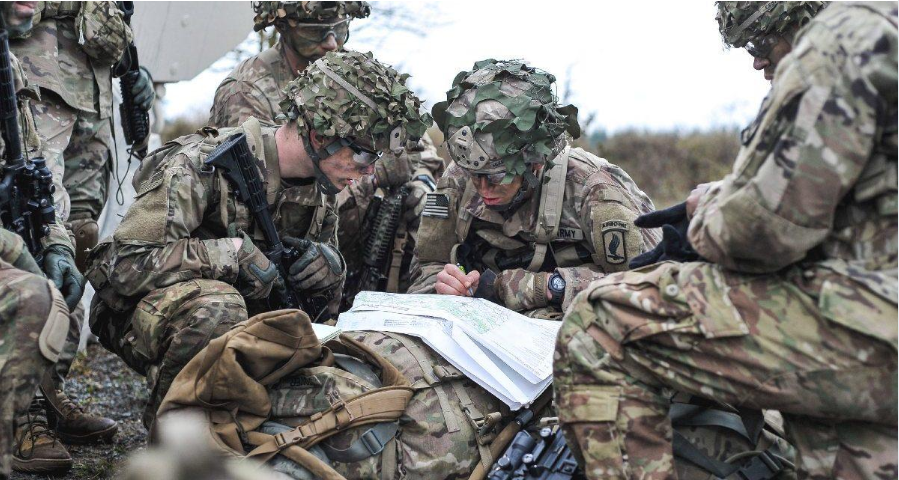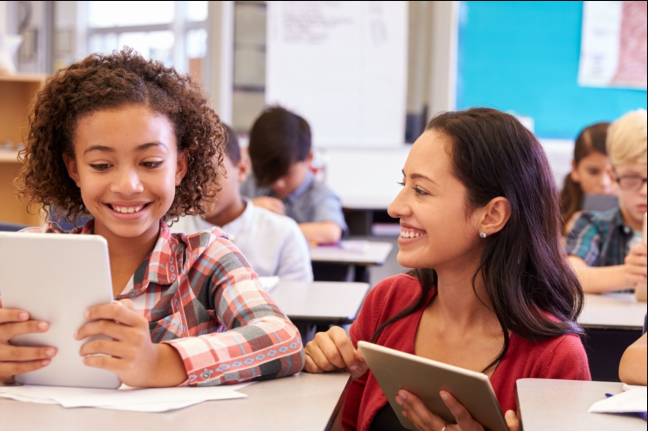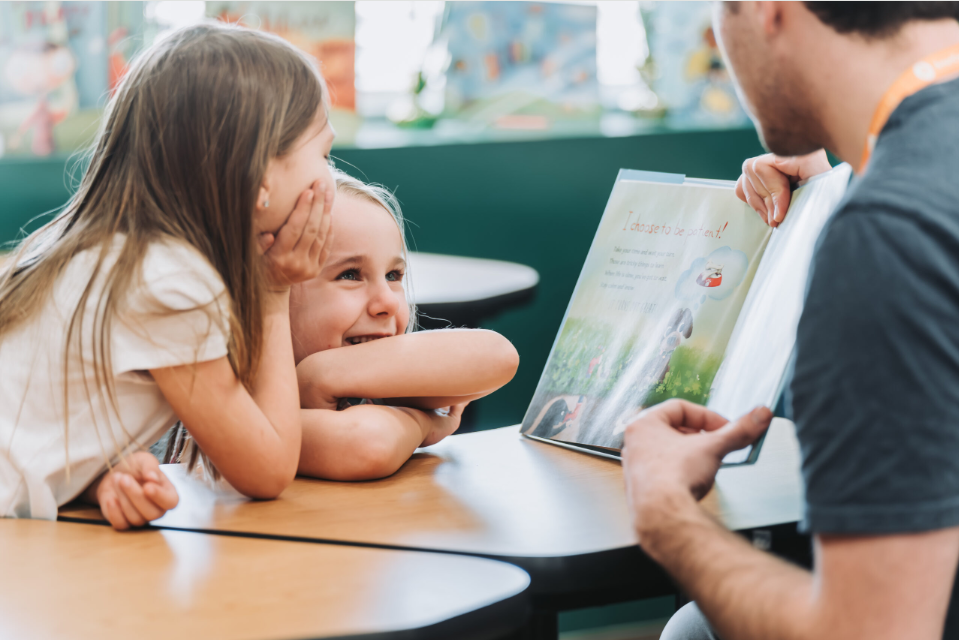Bridging the Gap: Strategies for Inclusive Education in Diverse Classrooms
Now that we are living in an era of increasingly diverse cultures and learning needs, inclusive education has become a basic tenet for school education in modern times. The aim of inclusive education is to provide equal educational opportunities for all students, whether rich or poor, with high or low ability or learning style. This approach seeks to create a stimulating and supportive learning environment where every student can learn to the best of his or her ability, wherever students may come from. In order to realize this goal, teachers have to adopt effective strategies that bridge the gap between the diverse needs of students and the content requirements.
1. Understand Inclusive Education Inclusive education integrates all students into mainstream classrooms, providing the help and resources they need to succeed. This approach places a value on diversity and provides equal access to educational opportunities for everyone. It challenges the traditional way of teaching, in which certain things can be taken for granted (verbal instructions, the teacher’s viewpoint; testing logic games over and again–even if they don’t suit you) even though this may mean immediate failure for students with language disabilities, culturally divergent backgrounds or who think learning is akin to drawing water from a well. It aims at creating a learning environment that fits the individual. What is needed, then, is concrete teaching-cum-learning synergy re-evaluating students’ abilities for one thing–instead of always making them conform to a given set of standards and measures in every subject down the line.
2 Differentiated Instruction Differentiation is a basic strategy for inclusive education in the classroom. It means that we must adapt our teaching methods, materials, and assessment to meet the diverse learning needs of students. Differentiation can be applied by teachers in the following ways:
– Content: Varying the complexity and the depth of the material according to students’ readiness levels.
– Process: Offering students different ways of participating in the content, such as group work, independent study or hands-on projects.
– Product: Letting students exhibit their understanding in a wide variety of formats, such as essays, presentations or original works of art. Take history, for example. A student can use a timeline, write an essay, or make a multimedia presentation about some historical event in order to fully display where his…
The concept can also be extended to en.readlines.forEach(src), where a student chooses to script a review of someone’s video on dance tips or pen a simple one-act play intended for presentation in English class as his way of demonstrating mastery over another student’s performance yet again!
3. Culturally Responsive Teaching
In culturally responsive teaching, we recognize and respect all students’s cultural backgrounds. It involves adding the views of students to teach purposefully and increase practical options for learning.Strategies include:
– Incorporating Diverse Perspectives: For example, literature, examples, and case studies from various cultures and viewpoints.
– Building Relationships: Teachers should get to know students well and understand their cultural backgrounds, which will help them create a supportive learning environment.
– Challenging Biases: Addressing stereotypes and prejudices in the curriculum, encouraging student exploration. For example, in a literature class, teachers may include works by authors from a range of cultural backgrounds and encourage discussions about how cultural context influences themes and characters.
4. Universal Design for Learning (UDL)
Universal Design for Learning (UDL) is a framework which aims to improve teaching for all students. UDL holds that there should be ways representative in terms and as much engagement and expression as possible:
– Representation: Presenting the information in various formats, such as text, audio, video and graphics. This caters to different learning preferences.
– Engagement: Offering choice in how students participate in learning activities so they stay interested and motivated.
– Expression: Allowing students to demonstrate what they know through different media, for example writing, speaking, drawing.### 5. Collaborative Learning
Collaborative learning gets students working together, which means mutual help and the exercise of social skills by one side promote peer support and development of personal ability to get on with others. Group activities can be structured so that every student contributes and benefits from the interaction. Strategies include:
– Diverse Grouping: Form groups of students with different abilities and backgrounds to encourage interaction among all.
– Structured Roles: Assign specific parts within the group, to ensure everybody participates and is responsible for something.
– Peer Tutoring: A kind of learning where students help each other understand what they don’t know or finish a task together. It could involve several people having their own bit and simply waiting until all were done with their part to come together. For instance, students might work together under the direction of mathematical teaching assistants to solve some problem in math. Each member of the group has his own responsibility for part of this solution and if one fails, all are frustrated but none can be blamed; but if everyone succeeds, then this problem becomes easier and more fun to deal with In their enthusiasm for making math what it should be-toward an objective unified theoretical organization instead of just rules learned from various sources students will start seeing such problems as DRAILS (pardon my French) that can be solved by mechanical means rather than thought through twice or rephrased half-dozen times before they will yield something useful.
With assistance from other students, who are also stepping up their game during review sessions before class begins anew every fifteen minutes For example, in a math class where they were studying alternative geometries following on from the introductory course it had become clear that both methods were of equal status. The teacher consequently suggested that while one group those who wanted to pass long hours playing cards instead looked at a model based on simple linear algebra for solid geometry problemsand then tried to find their own solutions when they found E. A student with ADHD might use speech-to-text software to dictate a story, making it possible for her to focus on the creative aspects and leave laborious typing behind.
ConclusionExploiting each student’s unique strengths and needs is the key to tackling the heterogeneity in today’s classrooms. By putting such measures as differentiation, culturally responsive teaching, UDL, cooperative learning and adaptive technology into operation, educators can create an inclusive learning environment – one where all students have an equal opportunity to succeed. As the world of education continues to change, we have a chance to embrace diversity and build inclusiveness.










